BLOG
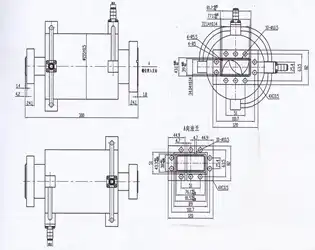
What is the benefit of the twisted design in Water-Cooled Twist Waveguides?
January 15, 2025
The twisted design in Water-Cooled Twist Waveguides represents a significant advancement in microwave transmission technology, offering multiple critical benefits for high-power applications. These specialized waveguides incorporate an innovative twisted configuration combined with an efficient cooling system, enabling superior electromagnetic wave propagation while maintaining thermal stability. The primary advantage lies in their ability to manipulate wave polarization precisely while simultaneously managing heat dissipation through integrated water cooling channels. This dual-function design ensures optimal performance in demanding applications such as radar systems, satellite communications, and other high-power microwave installations where traditional waveguides might face limitations due to thermal stress and polarization requirements.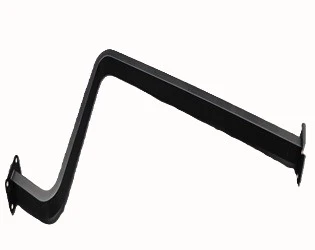
What are the applications of waveguide E bends?
January 15, 2025
Waveguide E bends are critical components in microwave and RF systems, serving as essential elements for routing electromagnetic waves through complex system architectures. These specialized waveguide components facilitate 90-degree or other angular transitions in the E-plane, enabling efficient signal transmission while maintaining optimal electromagnetic performance. The applications of waveguide E bends span across various industries, from telecommunications and satellite communications to radar systems and scientific research facilities, where they play a crucial role in system design and signal integrity.
How does a Slotted Waveguide Array Antenna work?
January 13, 2025
The Slotted Waveguide Array Antenna represents a sophisticated advancement in antenna technology, combining the principles of waveguide transmission with array antenna design. This innovative antenna system operates by utilizing precisely positioned slots cut into the walls of a waveguide structure, which act as radiating elements. The electromagnetic waves traveling through the waveguide interact with these slots, creating a controlled radiation pattern. The positioning, size, and orientation of these slots are meticulously calculated to achieve desired radiation characteristics, making these antennas particularly effective for applications requiring high gain, narrow beamwidth, and excellent power handling capabilities.
How does a Rectangular Straight Waveguide compare to a Circular Waveguide?
January 13, 2025
Waveguides are essential components in microwave and radio frequency systems, serving as efficient transmission lines for electromagnetic waves. When comparing rectangular straight waveguides to circular waveguides, several key differences emerge in their design, performance characteristics, and applications. The rectangular straight waveguide offers superior mode separation, making it the preferred choice for many single-mode applications, while circular waveguides excel in specific scenarios such as rotary joints and high-power handling capabilities. Understanding these distinctions is crucial for engineers and system designers in selecting the optimal waveguide configuration for their specific requirements.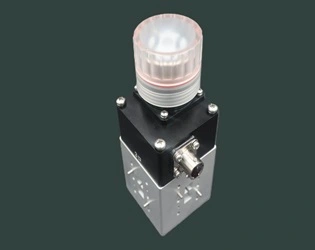
What are the advantages of using Waveguide Electromechanical Switches?
January 13, 2025
In today's rapidly evolving microwave and RF technology landscape, the choice of switching components plays a crucial role in system performance. Waveguide Electromechanical Switches have emerged as essential components in modern microwave systems, offering numerous advantages that make them indispensable in various applications. These switches provide exceptional reliability, superior RF performance, and remarkable versatility across different frequency bands. The implementation of Waveguide Electromechanical Switches has revolutionized signal routing in high-frequency applications, delivering unparalleled benefits in terms of power handling, insertion loss, and isolation characteristics.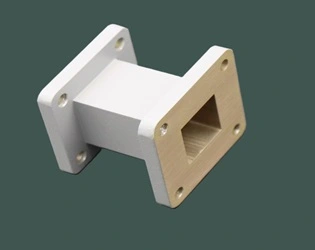
What is the difference between a Rectangular Straight Waveguide and a coaxial cable?
January 10, 2025
When it comes to microwave transmission systems, understanding the fundamental differences between Rectangular Straight Waveguides and coaxial cables is crucial for engineers and system designers. These two transmission lines serve similar purposes but operate on different principles and offer distinct advantages in various applications. The primary distinction lies in their physical structure and electromagnetic wave propagation methods. Rectangular Straight Waveguides consist of a hollow metallic tube that guides electromagnetic waves through internal reflection, while coaxial cables utilize a central conductor surrounded by a dielectric material and outer conductor to transmit signals. This difference in construction leads to varying performance characteristics, making each option optimal for specific frequency ranges and applications.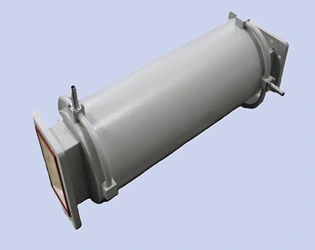
Can Water-Cooled Twist Waveguides be customized?
January 10, 2025
The customization of water-cooled twist waveguides represents a significant advancement in microwave transmission technology, offering tailored solutions for diverse industrial applications. These specialized components, which incorporate sophisticated cooling systems, can be extensively customized to meet specific operational requirements and performance specifications. The customization options encompass various parameters including dimensional modifications, cooling channel configurations, material selection, and performance characteristics, enabling organizations to optimize their microwave systems for maximum efficiency and reliability in high-power applications.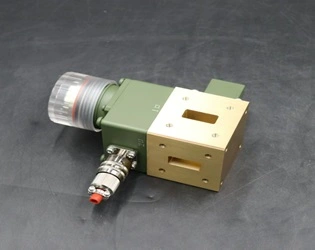
How does a waveguide electrodynamic switch work?
January 3, 2025
The waveguide electrodynamic switch represents a crucial advancement in microwave technology, serving as a fundamental component in modern telecommunications and radar systems. This sophisticated device enables controlled switching of electromagnetic waves within waveguide systems, facilitating precise signal routing and power distribution. As microwave applications continue to evolve, understanding the intricate workings of these switches becomes increasingly important for engineers and technical professionals in the field.




